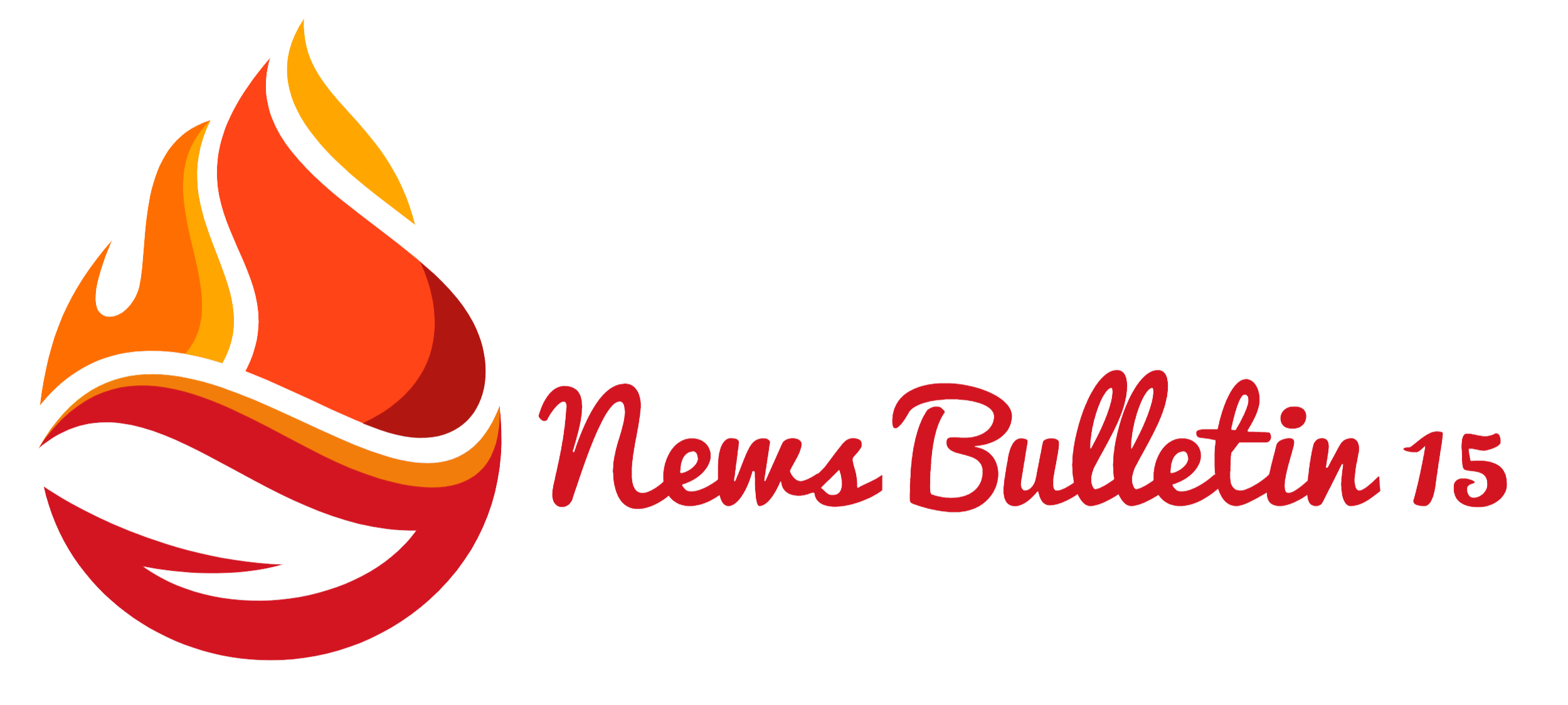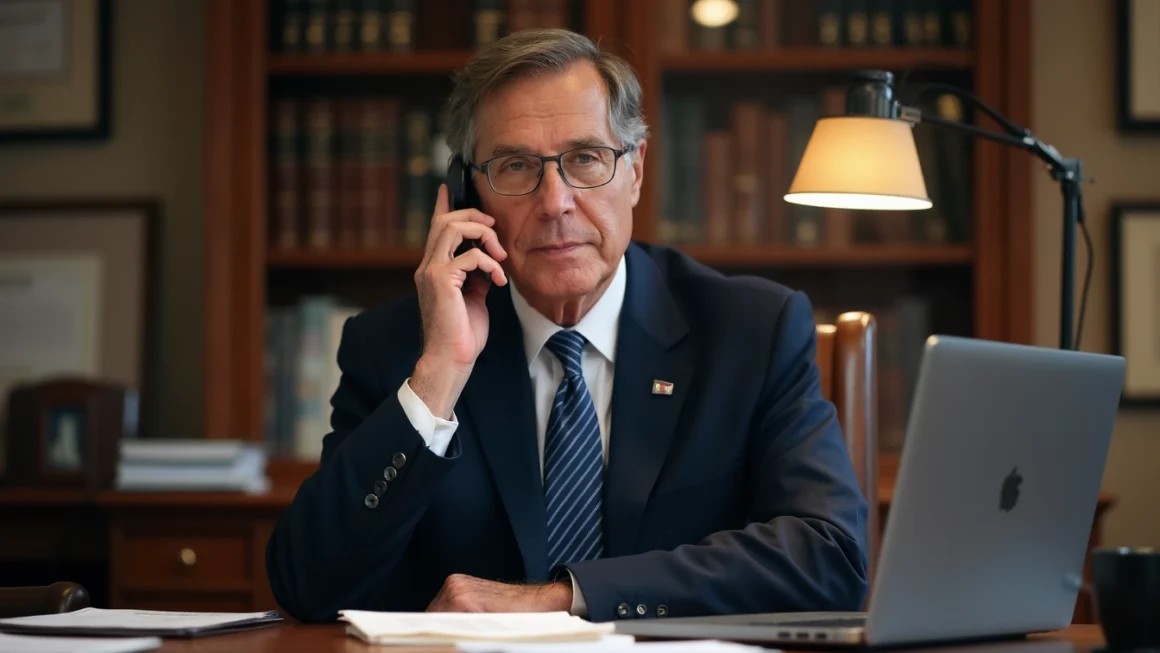The Federal Reserve’s decision to maintain current interest rates has sparked intense debate about the future of the U.S. economy. After a series of aggressive rate hikes aimed at curbing inflation, the central bank has opted for a pause, leaving the federal funds rate at a 22-year high of 5.25% to 5.5%.
The Federal Reserve’s Balancing Act
Table of Contents
The Fed’s primary goal is to achieve a “soft landing” for the economy – bringing inflation down without triggering a recession. This delicate balance requires careful consideration of various economic indicators and potential risks.
Inflation Trends and Economic Growth
While inflation has shown signs of cooling, it remains above the Fed’s 2% target. Recent data indicates that consumer prices rose 3.7% in September compared to a year ago. Despite this, the U.S. economy has demonstrated resilience, with GDP growing at an impressive 4.9% annual rate in the third quarter.
The Impact of High Interest Rates
The elevated interest rates have had far-reaching effects across the economy:
- Increased borrowing costs for businesses and consumers
- A cooling housing market due to higher mortgage rates
- Pressure on banks and financial institutions
These factors have contributed to a more cautious approach by the Fed, as they assess the full impact of previous rate hikes on economic activity.
Political Implications and Criticisms
The Fed’s decisions have not escaped political scrutiny. Former President Donald Trump, known for his criticism of the central bank during his tenure, has once again voiced concerns about the potential consequences of high interest rates. He warns of a possible depression if rates aren’t lowered soon.
However, it’s crucial to note that the Federal Reserve operates independently of political influence, making decisions based on economic data and long-term stability goals rather than short-term political considerations.
Looking Ahead: Potential Scenarios
As the economy continues to evolve, several scenarios could unfold:
1. Continued Pause
The Fed may maintain current rates for an extended period, allowing more time to assess the impact of previous hikes and monitor inflation trends.
2. Further Rate Increases
If inflation proves persistent or economic growth remains robust, the Fed might consider additional rate hikes to ensure price stability.
3. Rate Cuts
In the event of significant economic slowdown or deflationary pressures, the Fed could pivot to rate cuts to stimulate growth.
The Role of Automation in Economic Decision-Making
In an era of complex economic data and rapid market changes, automation tools play an increasingly important role in analyzing trends and informing policy decisions. Platforms like Make.com offer powerful automation capabilities that can help organizations streamline data processing and decision-making workflows, potentially enhancing the efficiency of economic analysis.
Global Economic Context
The Fed’s decisions don’t occur in isolation. Global economic conditions, geopolitical events, and actions of other central banks all play a role in shaping U.S. monetary policy. Factors such as energy prices, supply chain disruptions, and international trade relations continue to influence inflation and economic growth.
The Importance of Clear Communication
Federal Reserve Chair Jerome Powell emphasizes the importance of clear communication in managing market expectations. The Fed’s statements and projections are closely watched by investors, businesses, and policymakers worldwide, highlighting the global impact of U.S. monetary policy.
Conclusion: Navigating Uncertain Waters
As the Federal Reserve continues to navigate the post-pandemic economic landscape, its decisions will remain crucial in shaping the future of the U.S. economy. While challenges persist, the central bank’s commitment to data-driven decision-making and long-term economic stability provides a framework for addressing the complex economic realities of our time.
The coming months will be critical in determining whether the Fed’s strategy achieves its desired outcome of taming inflation without derailing economic growth. As always, businesses and consumers alike must stay informed and adaptable in the face of evolving economic conditions.




